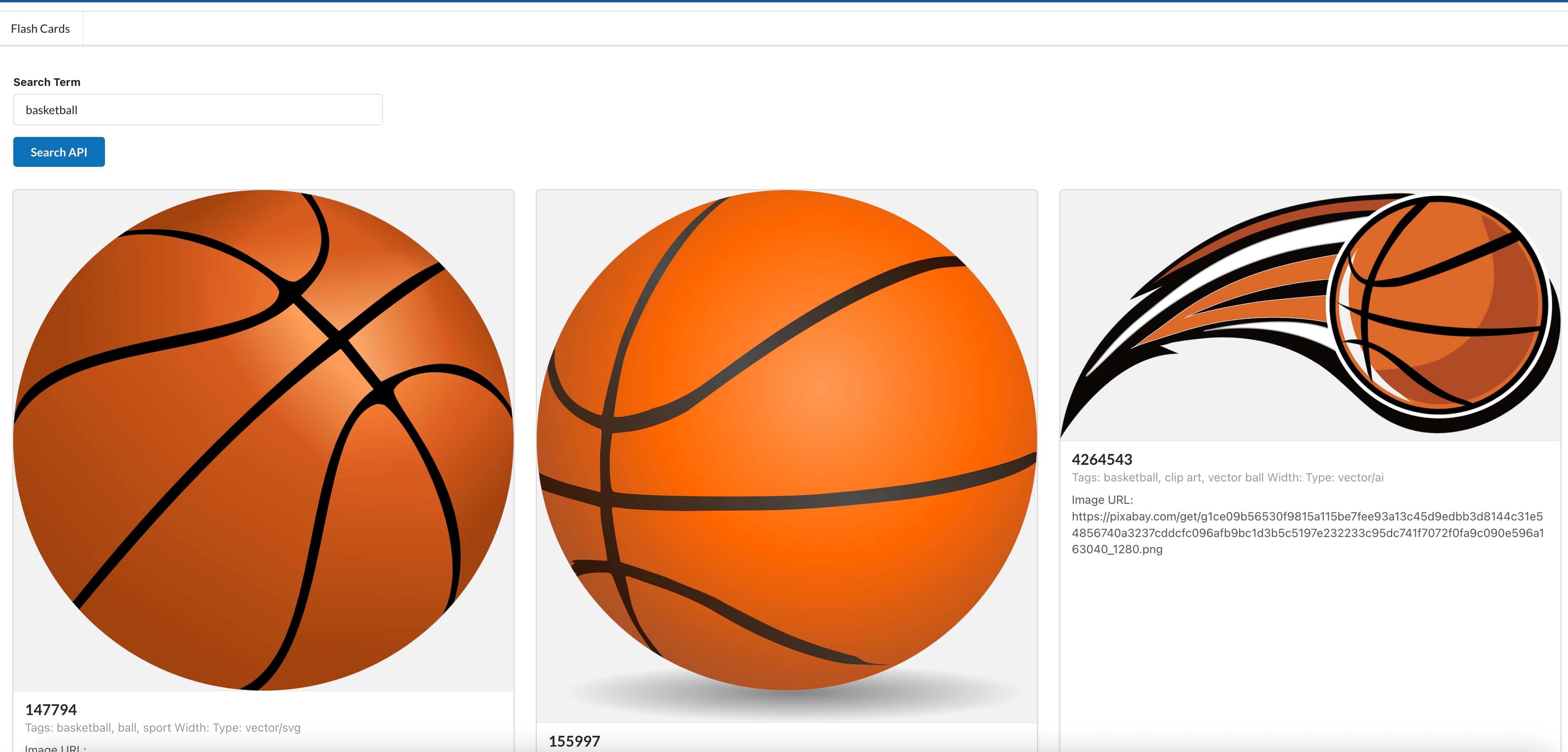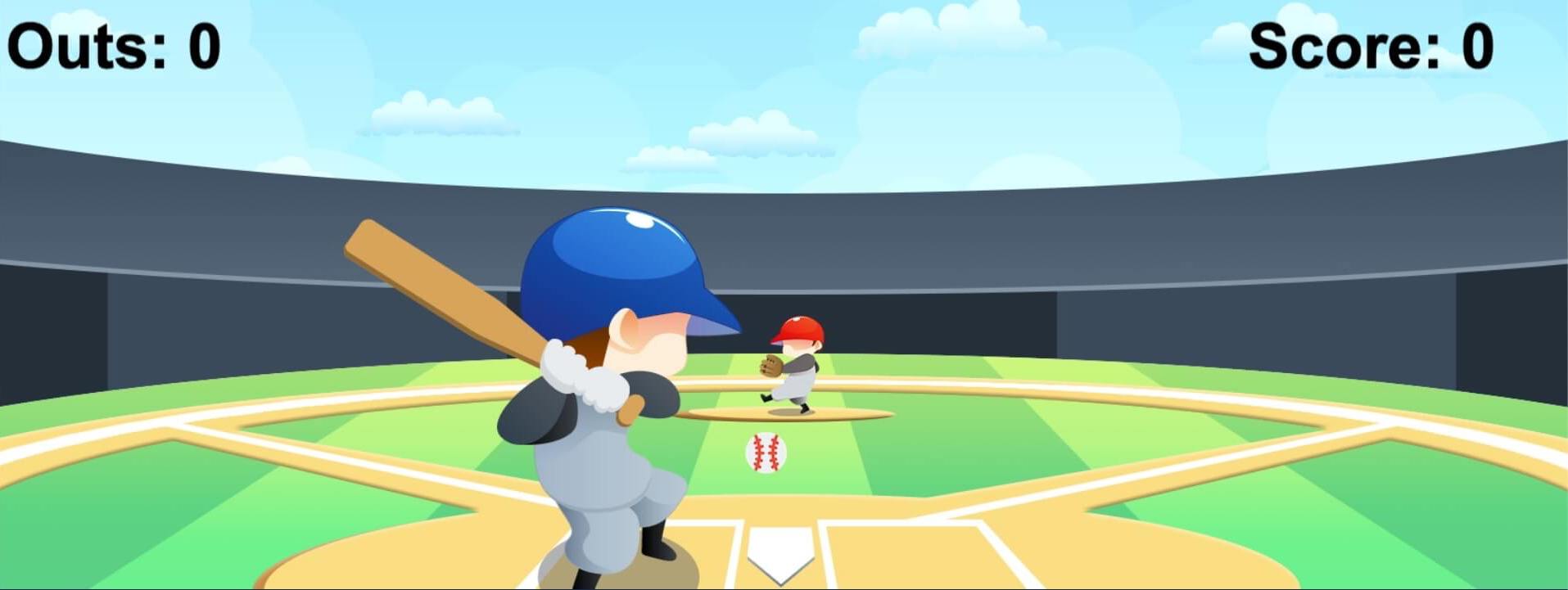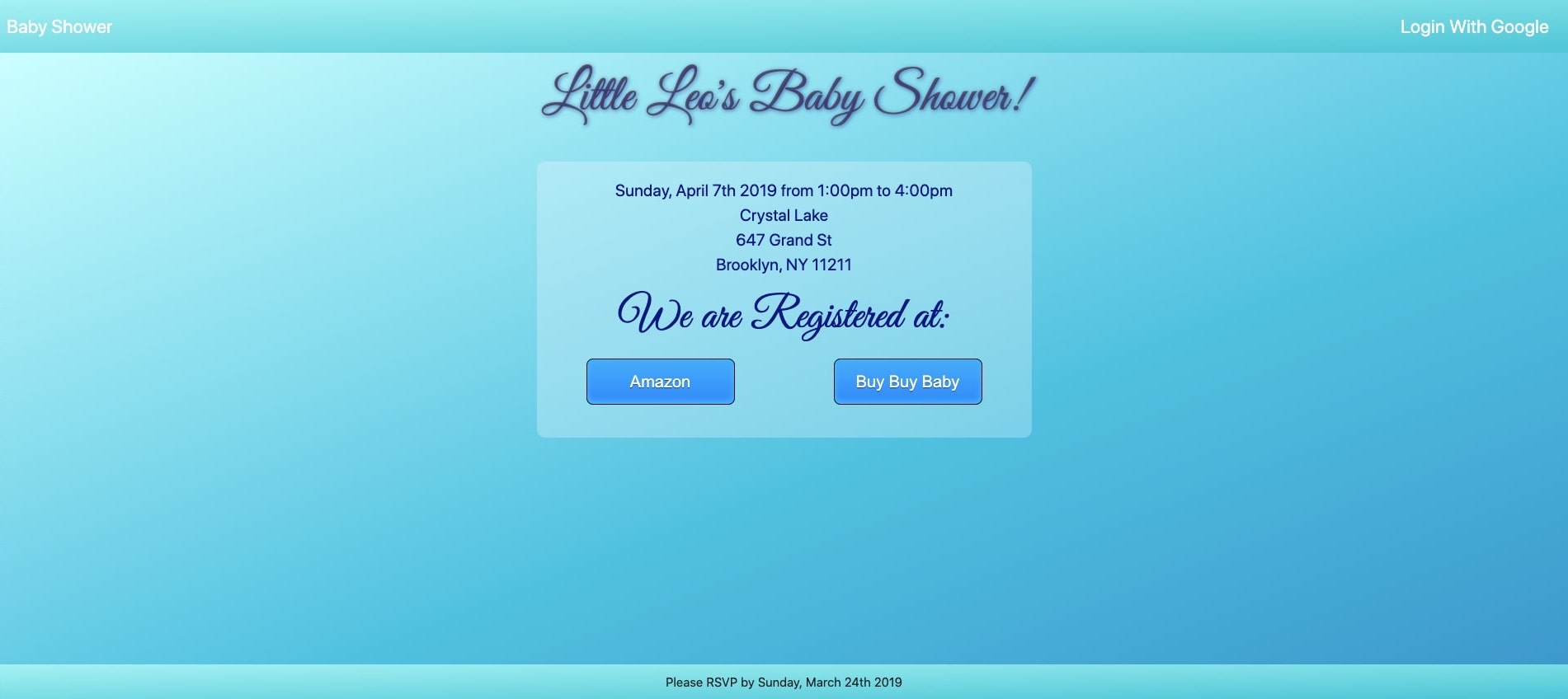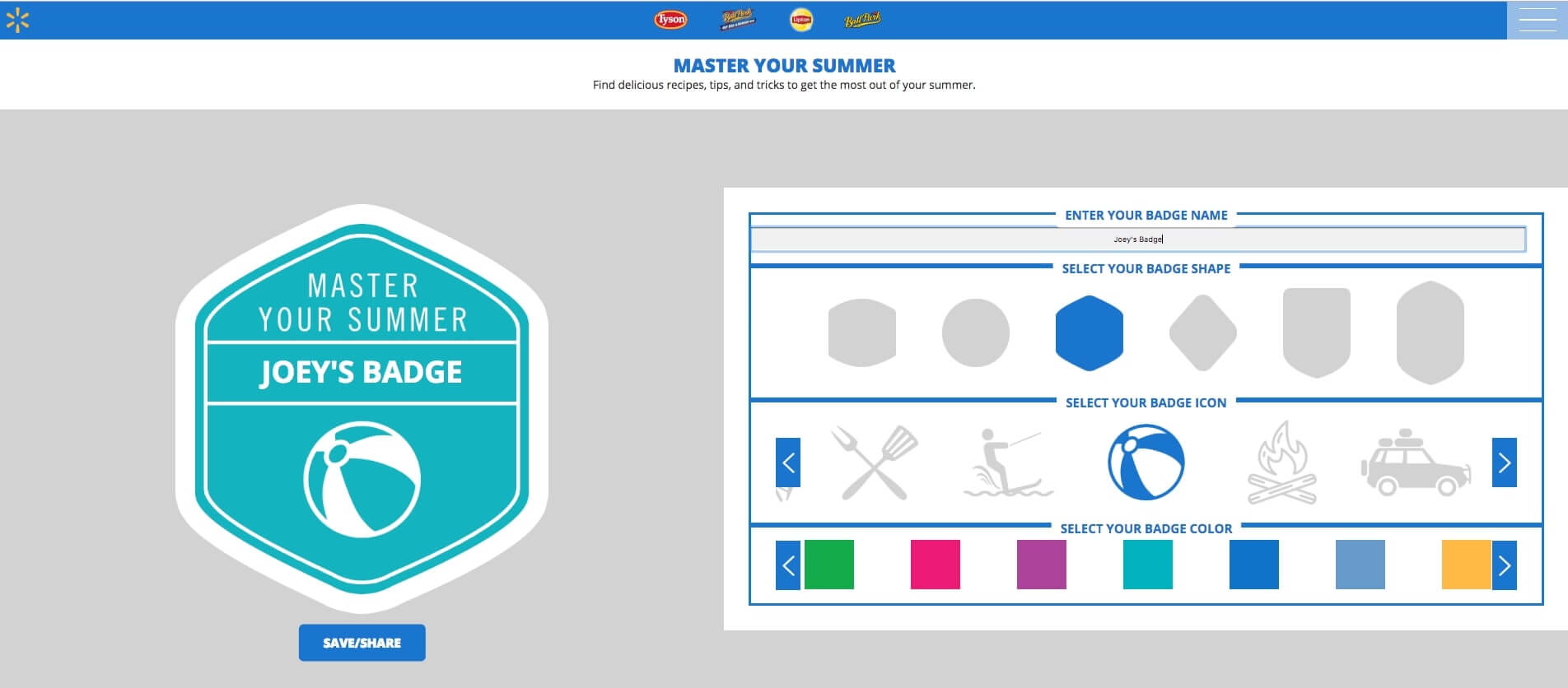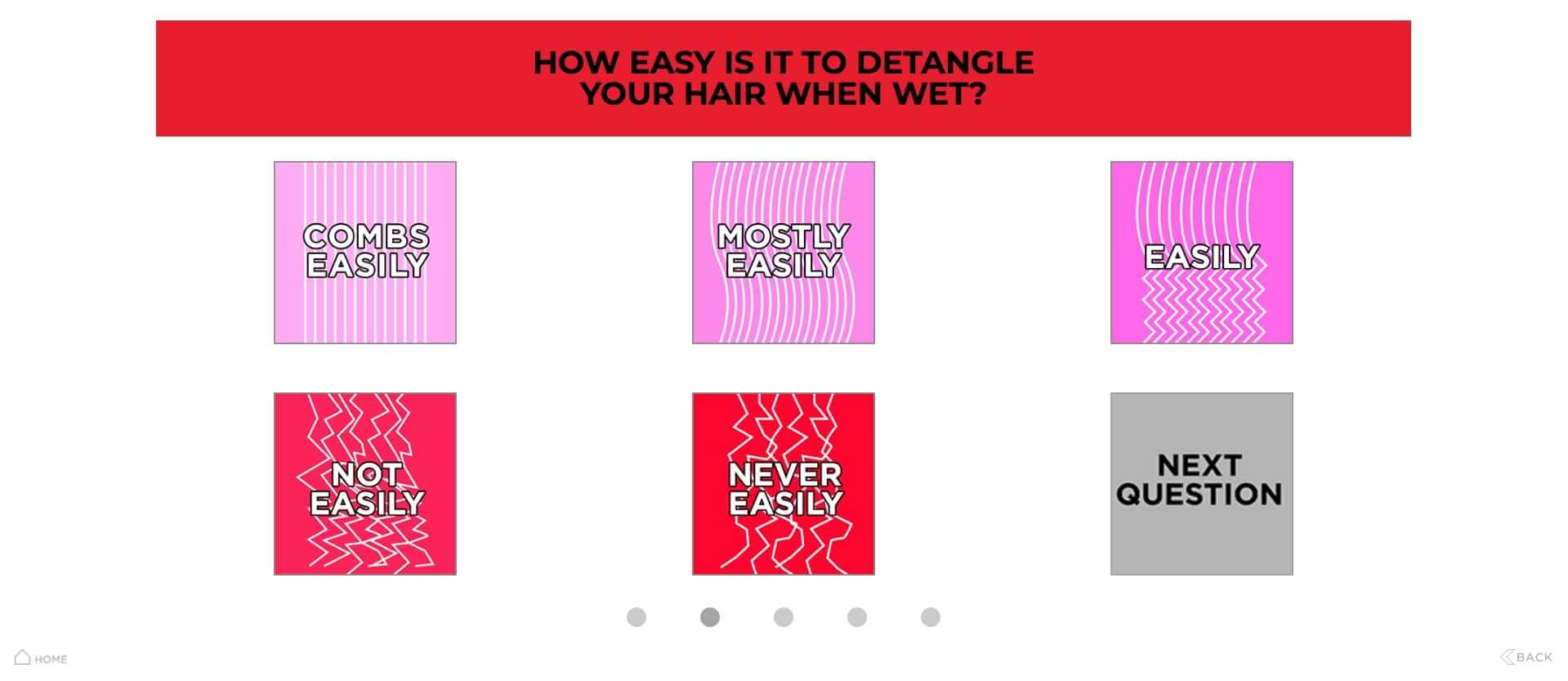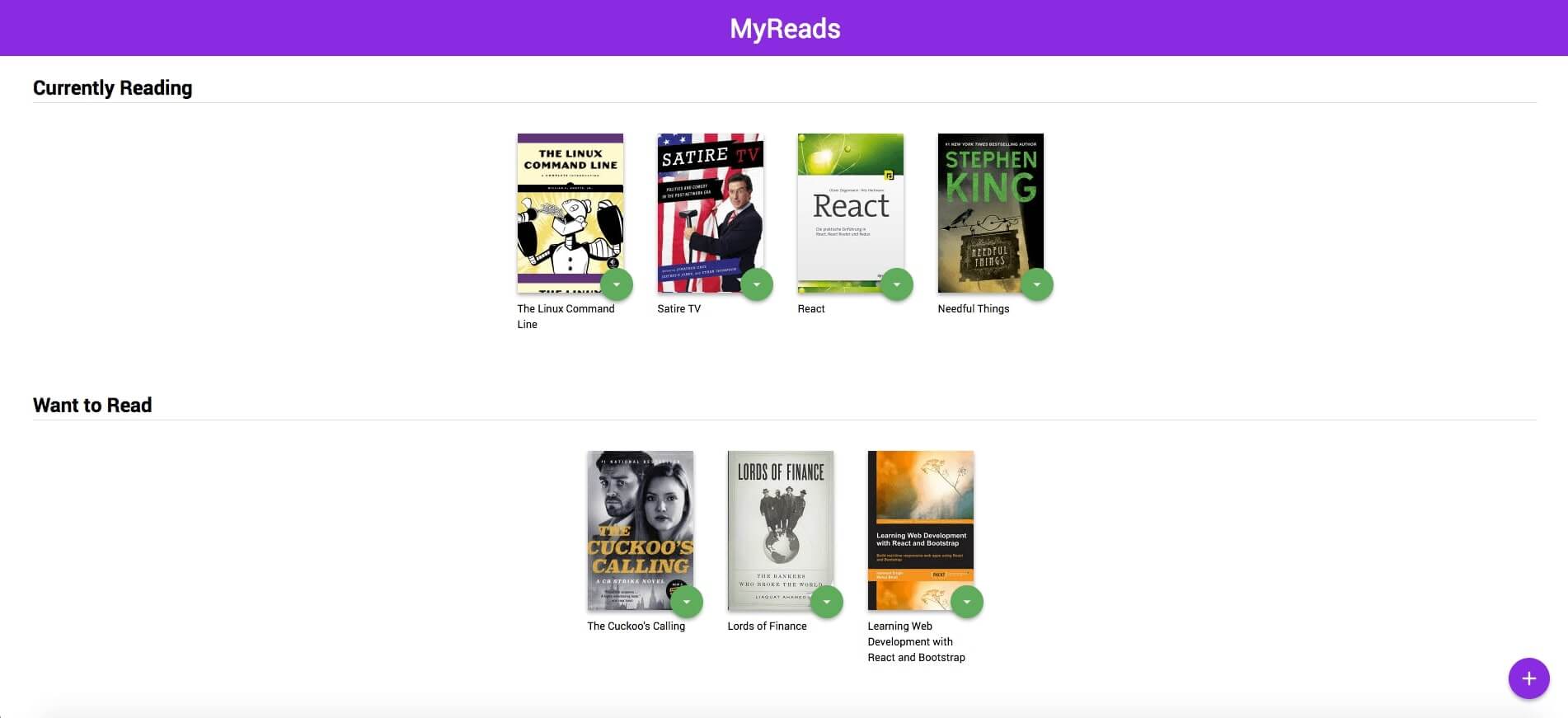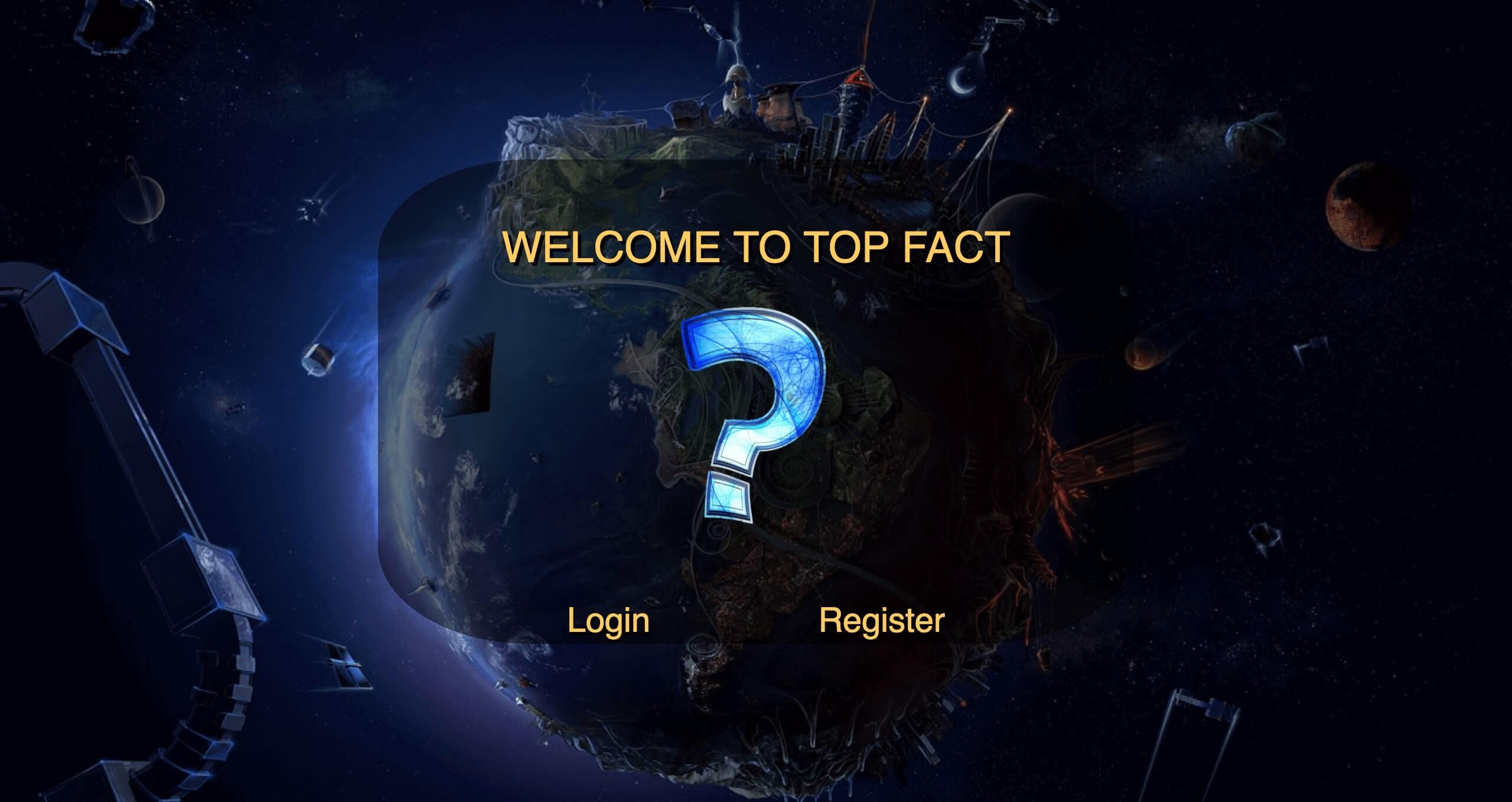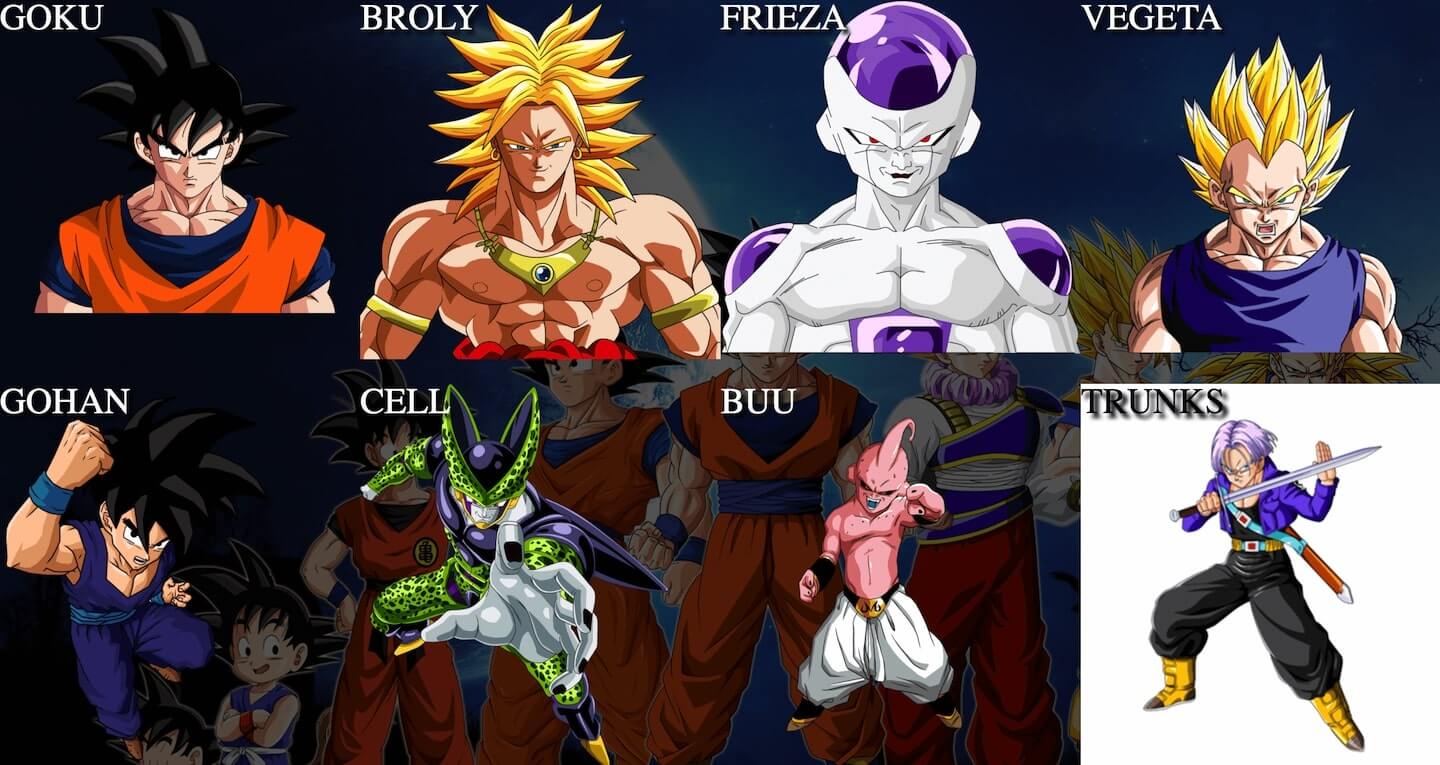About me
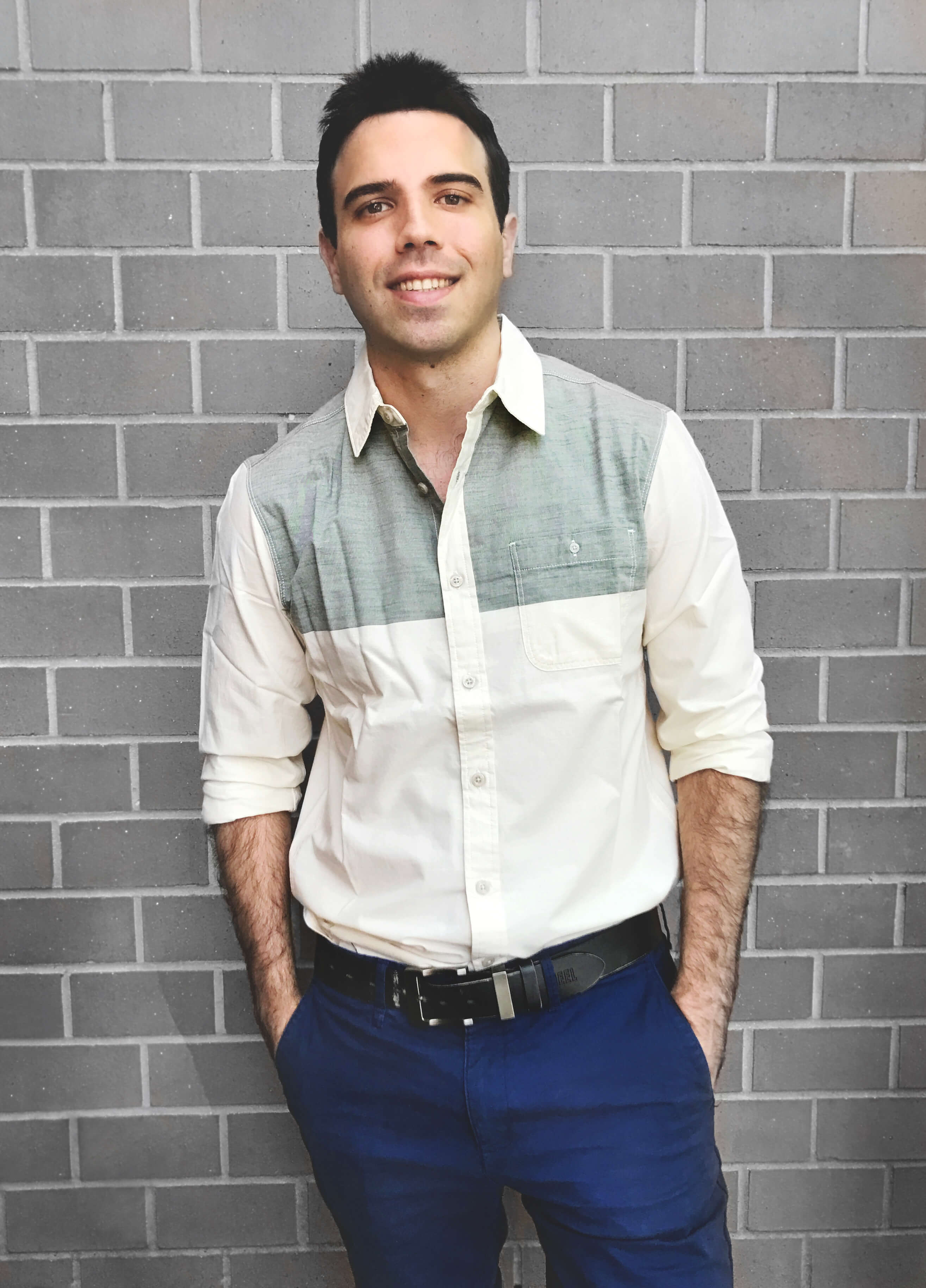
I am a native New Yorker with a passion for technology, eager to solve challenging problems. I enjoy creating projects that tackle current needs and automating away redundant processes.
My love of traveling has allowed me to meet people from diverse backgrounds and gain insights about the world outside the United States. I enjoy learning languages, and became proficient in Mandarin during my three-years living in China.
View Resume
